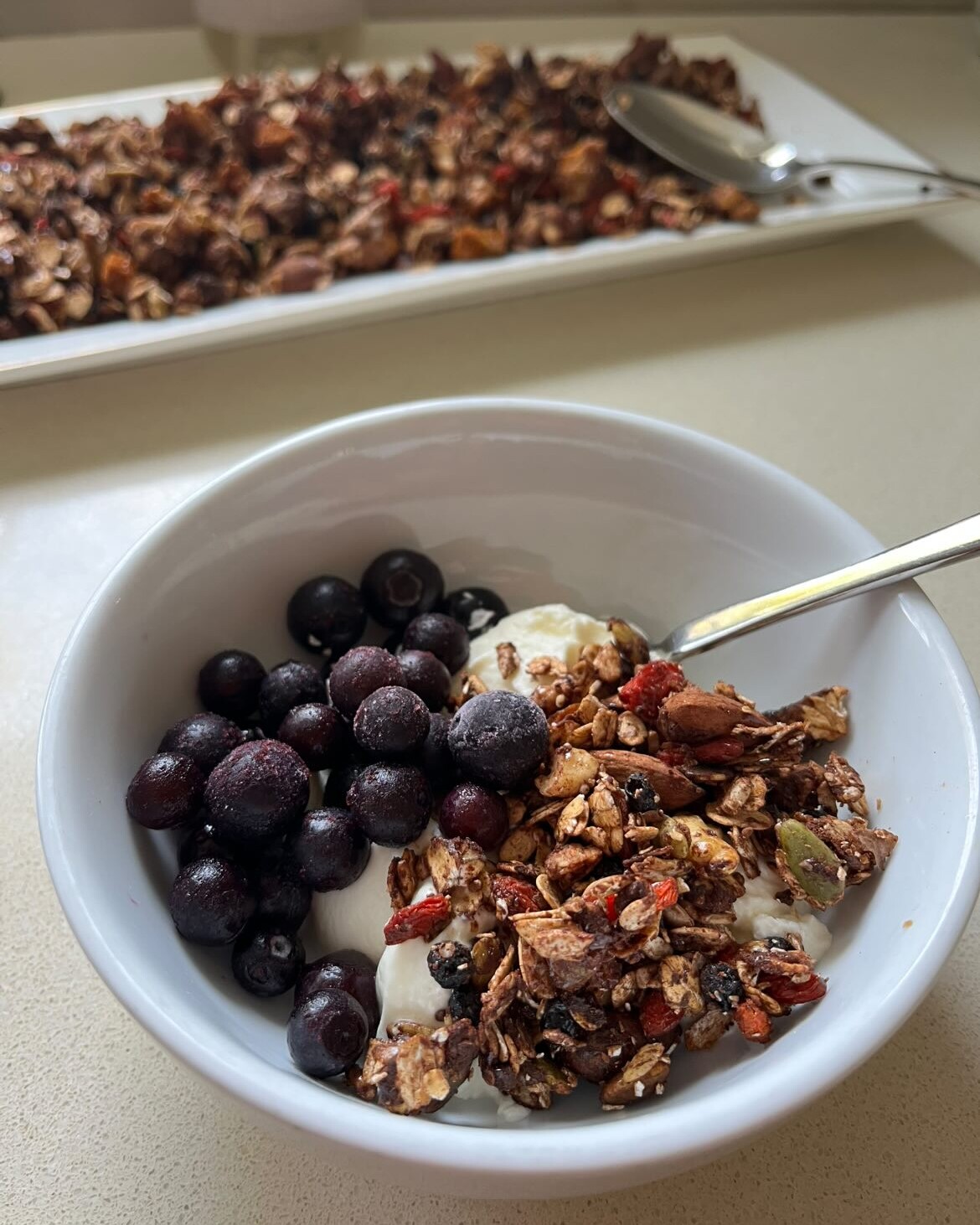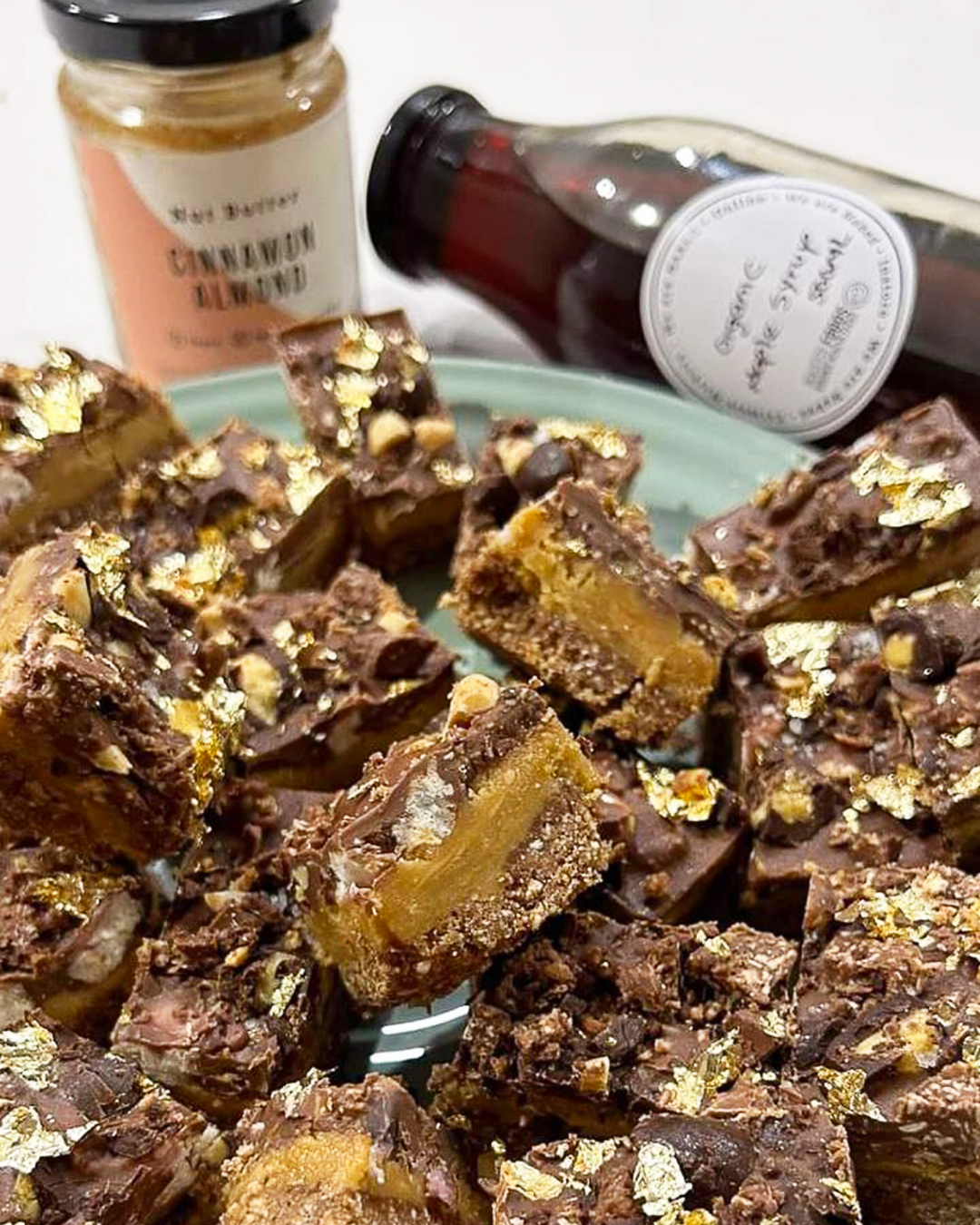With Easter just around the corner, the question of which chocolate to buy may be on your mind. Taking into consideration the rise of both dairy-intolerance and diversification of diet, acquiring the right chocolate for everyone mightn’t be as easy as it once seemed.
When it comes to homemade chocolate, there’s an abundance of ingredients that can be used. From cocoa and cacao to the non-related carob, let’s dissect which powder proves best.

Cocoa, Cocoa, Carob – What’s The Difference?
Cacoa
Cocoa powder, the most common ingredient used to create chocolate, is derived from the South American cocoa plant. Cocoa powder is made by fermenting, drying and roasting cocoa beans at high temperatures. The beans then have their hulls removed and their fat separated (cocoa butter) with the leftover solids being ground into the fine powder we know as cocoa powder.
While the cocoa plant is a natural source of flavanols, compounds with antioxidant and blood-circulatory benefits, much of these are lost in the process of creating cocoa powder. Exposure to high heat changes the molecular structure of the beans, reducing their amount of enzymes and overall nutritional value.
Carob
Carob powder, a replacement for cocoa powder that is rising in popularity, is derived from the Middle Eastern carob tree. The powder is made from the dried and roasted pods of the carob tree and bears a striking resemblance to both cocoa and cacao powders. High in antioxidants and fibre, carob powder can be useful for people who are sensitive to cocoa, are following an Autoimmune Protocol (AIP) diet or are just after a different flavour.
Cacao
We’ve saved the best for last. Raw cacao, another commonly used ingredient, is also derived from the South American cocoa plant. Cacao and cocoa, however, are not one and the same: the difference lay in the processing of the pods. Raw cacao is made by cold-pressing un-roasted cacao beans. As the beans are not exposed to high heat, much of their enzymes and nutrition is retained.
Just some of the reasons to love raw cacao are:
- It’s one of the strongest sources of antioxidants on earth. The weight profile of raw cacao in contrast to cocoa is 10% antioxidant; 40 times higher than that of blueberries.
- It has natural mood elevating effects. Cacao is a great source of the scientifically proven ‘happiness’ hormones: serotonin, tryptophan, tyrosine and phenylethylamine.
- It’s rich in minerals. Cacao is a nutritional powerhouse rich in calcium, copper, iron, magnesium, manganese, potassium and zinc.
Due to its prowess as a natural superfood, we believe that chocolate made from raw cacao is best. For allergen-free alternatives that are sure to go down a treat this Easter, take advantage of these homemade chocolate recipes that are both vegan and paleo friendly.
Shop cacao powder and cacao butter.

Make Your Own Chocolate!
For a generous gift that’s as tasty as it is tantalising, try these vegan-friendly recipes with both white and dark options. Thoughtful, delicious, and heart-healthy too, your chocolate giving-credentials are about to get a whole lot higher.
Homemade Vegan Paleo White Chocolate

Ingredients:
- 1 cup cacao butter*
- 1 cup coconut butter (melted – see how in notes)
- 1 tbsp maple syrup*
- 1 tsp vanilla extract
- 1/2 tsp cinnamon* (optional)
- 1/4 tsp salt*
*available at Naked Foods.
Instructions:
- In a heatproof bowl using the double boiler method, melt down the raw cacao butter. Add in the maple syrup and whisk until combined.
- Set aside to cool for 10-15 minutes.
- Once cooled, add in the melted coconut butter, vanilla extract, cinnamon and salt. Whisk until smooth.
- Pour the chocolate mixture into prepared molds or onto a tray covered with baking paper and place in the freezer for half an hour or until solid.
- When solidified, slide the chocolate out of the molds and store in an airtight container in the fridge. If using a tray, break the chocolate into shards and store in an airtight container in the fridge.
Notes:
To melt the coconut butter, place it in a well-sealed jar in a bowl filled with hot water for 15 minutes or more. When you open the jar, use a spoon to move the liquid around and melt it even more. The hot water helps melt the coconut butter and make it easier to get out.


Homemade Vegan Paleo Dark Chocolate
Ingredients:
- 3/4 cup cacao butter*
- 3/4 cup cacao powder*
- 1/4 cup maple syrup*
- 1 tsp of vanilla extract
- 1 tsp hazelnut extract (optional)
- 1/4 tsp salt*
*available at Naked Foods.
Instructions:
- Using the double boiler method, melt down the raw cacao butter. Add in the cacao powder and whisk until smooth.
- Add in the maple syrup, vanilla extract, hazelnut extract and salt. Whisk until smooth.
- Pour chocolate mixture into prepared molds or onto a tray covered with baking paper.
- Place the molds or tray in the freezer for half an hour or until solid.
- When solidified, slide the chocolate out of the molds and store in an airtight container in the fridge. If using a tray, break the chocolate into shards and store in an airtight container in the fridge.


Have you ever made your own chocolate? We’d love to hear your tips and tricks in the comments, or by tagging us on Instagram with @nakedfoods! Check out more Easter recipes here.
Click to shop carob powder, cacao powder and cacao butter.
Author: Georgie Gleeson
Georgie is a copywriter and blogger from Sydney, Australia. With a focus on food, health and sustainability, her work spans from commercial blogs to independent publications. You can follow Georgie at @_yayleo.










